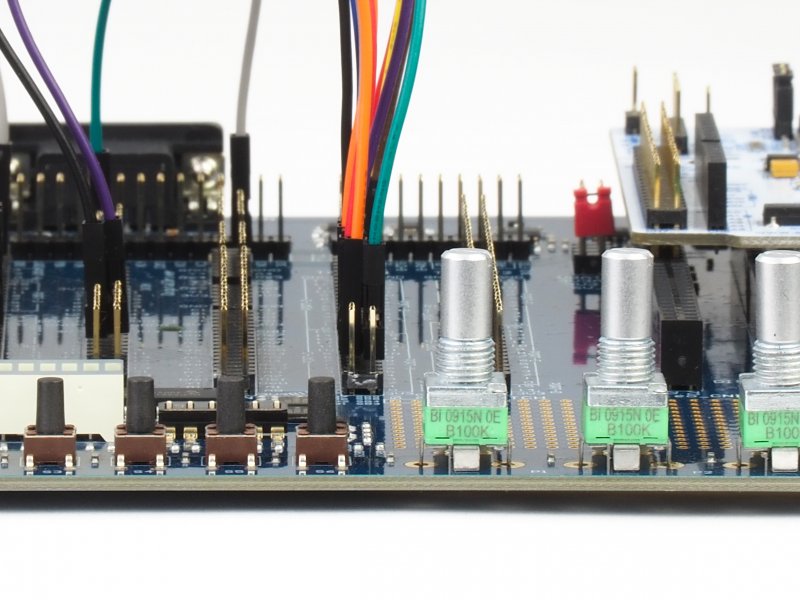
HIL test for sensorless motor controls (single and dual shunt)
Tests for Motor Control Software
With the miniHIL it is possible to test your motor control software controlling a sensorless BLDC motor directly at your desk. The miniHIL closes the control loop (closed-loop) by simulating both the motor and all required sensor signals. It supports both single and dual shunt control.
The advantages at a glance:
- Testing of application software directly on the desktop (also in the home office).
- Testing of application software without driver adaptations for the test setup ⇒ the same software is tested that ends up in the product, no separate test software.
- Achieving operating conditions that can otherwise only be achieved with real engine.
- Simulation of fault conditions in the engine that can only be brought about by damage with a real engine.
- Reproducible test runs incl. fault injection (very difficult to achieve with a real motor). For example, load changes, short circuits, and much more.
Model-based development and testing with the miniHIL
Online seminar: Drive control with the microcontroller
here missing picture and link to the YouTube video

Measurement of the PWM signals generated by the device-under-test (top left) → Simulation of the motor currents by the miniHIL (bottom right) → Simulation of the sensor signal by the miniHIL (here exemplarily the voltage measurable at the single shunt) (bottom left).
Motor and sensor simulation
- Simulation of the motor (code generated from Matlab/Simulink model)
- Input: Motor PWMs
- Output: 3 phase currents
- Simulation of shunt voltage
- PWM synchronous selection of voltages visible at the shunt
- Speed: Previous test setups up to 25 kHz motor PWM
